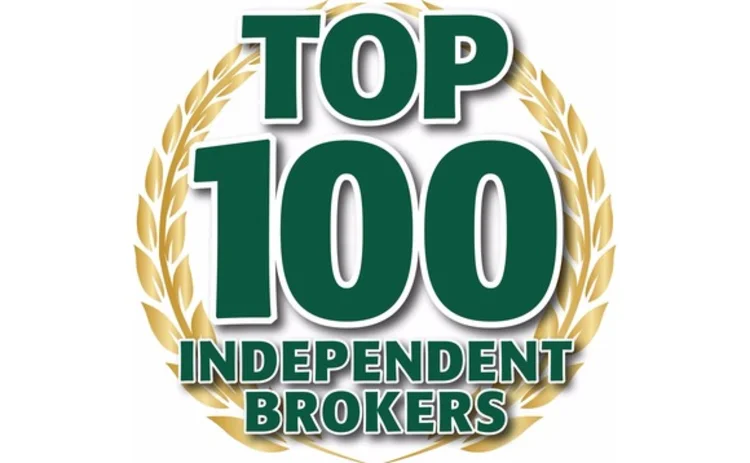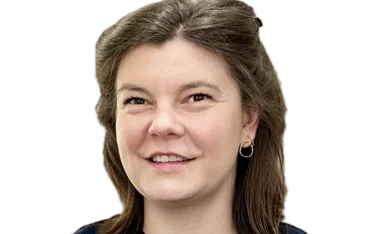
Top 100 2018 – From crash to cash: a decade of change

What has driven the ups and downs in the commercial market over the last 10 years? Insurance Age takes a look at the big changes in the Top 100 Independent Brokers listing
Forty-one out of 96 brokers name-checked in Insurance Age’s 2008 Top 100 supplement have disappeared from the headline table in the most recent edition.
A handful may have declined to supply statistics and many will be still affecting the figures having been bought by a competitor.
The firms though still read like a who’s who of consolidation.
Oval, Barbon, Giles, RK Harrison, Perkins Slade, Central, Doodson, Cooke & Mason, Higos, Marshall Wooldridge, S-Tech, E Coleman, Green Insurance
Only users who have a paid subscription or are part of a corporate subscription are able to print or copy content.
To access these options, along with all other subscription benefits, please contact info@insuranceage.co.uk or view our subscription options here: https://subscriptions.insuranceage.co.uk/subscribe
You are currently unable to print this content. Please contact info@insuranceage.co.uk to find out more.
You are currently unable to copy this content. Please contact info@insuranceage.co.uk to find out more.
Copyright Infopro Digital Limited. All rights reserved.
As outlined in our terms and conditions, https://www.infopro-digital.com/terms-and-conditions/subscriptions/ (point 2.4), printing is limited to a single copy.
If you would like to purchase additional rights please email info@insuranceage.co.uk
Copyright Infopro Digital Limited. All rights reserved.
You may share this content using our article tools. As outlined in our terms and conditions, https://www.infopro-digital.com/terms-and-conditions/subscriptions/ (clause 2.4), an Authorised User may only make one copy of the materials for their own personal use. You must also comply with the restrictions in clause 2.5.
If you would like to purchase additional rights please email info@insuranceage.co.uk








